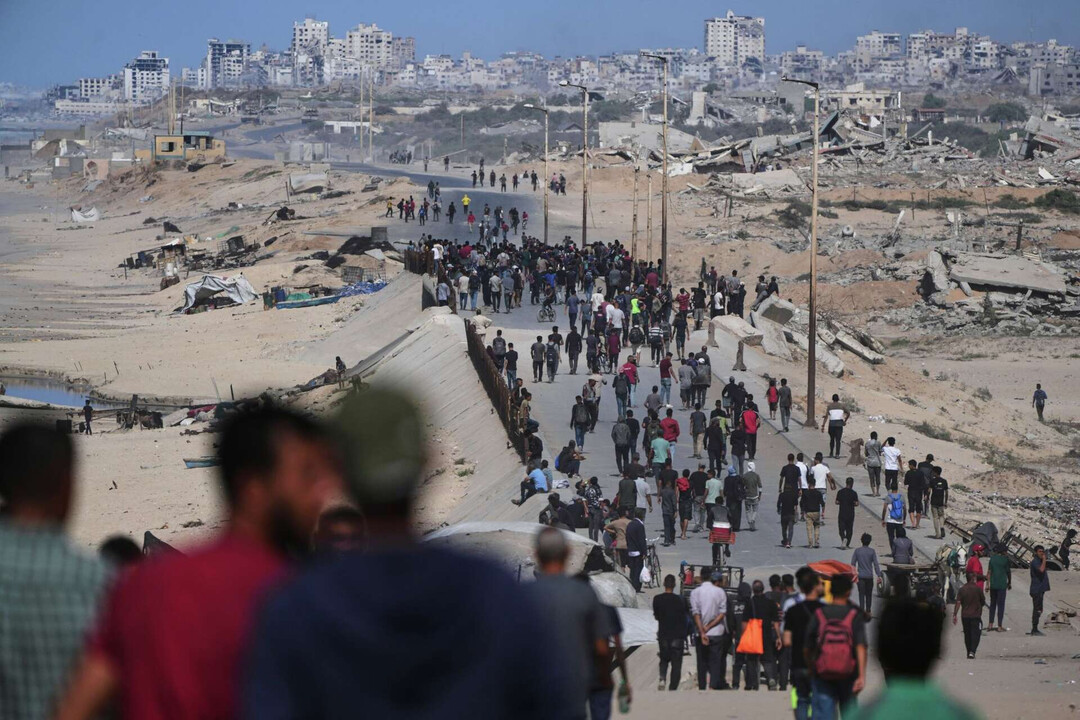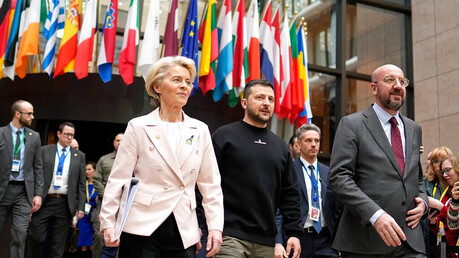
GAZA CITY—In a profound display of resilience and overwhelming human emotion, hundreds of thousands of displaced Palestinians are streaming back toward northern Gaza, following the implementation of a long-sought ceasefire agreement between Israel and the militant group Hamas. The truce, the first phase of a comprehensive peace plan brokered by the United States and mediated by Egypt, Qatar, and Turkey, officially took effect at noon local time on Friday, October 10, 2025.
The coastal road, a main artery of the enclave, quickly transformed into a surging river of humanity. It was thronged with residents carrying meager belongings and pushing carts as they made the arduous, often-perilous journey north to Gaza City, their former home. Gaza’s Civil Defence Agency reported that over 500,000 people had returned by Saturday, October 11, marking a massive influx for a territory ravaged by continuous conflict. For this population, the return is not about finding intact shelter, but reclaiming a vital foothold in their lives.
Ahmad Abu Watfa, one of the returnees, captured the prevailing sentiment in an interview with CNN, stating, “Though there may be nothing but ruins left... just to be able to return is overwhelming joy.” An estimated 500,000 residents initially fled Gaza City when Israel commenced its large-scale military offensive in the north. The Israeli military has permitted the movement along the coastal corridor but issued stern warnings against entering areas deemed "danger zones" due to unexploded ordnance and continued military presence.
The agreement, approved by the Israeli cabinet after a contentious late-night vote, sets in motion a delicate sequence of events. The Israel Defense Forces (IDF) were required to withdraw within 24 hours to pre-agreed-upon lines, while still retaining control over a significant portion of the enclave. The subsequent 72-hour timeline mandates Hamas to release approximately 20 living Israeli hostages. In a reciprocal move, Israel is poised to free 250 long-serving Palestinian prisoners and a further 1,700 people detained in Gaza since the war began.
Crucially, the ceasefire is intended to facilitate a dramatic increase in humanitarian aid for a population facing severe scarcity. Aid deliveries, including fuel, food, and medical supplies, are scheduled to scale up significantly, with the U.N. expecting Israel to permit a daily flow of 600 aid trucks into the strip, starting on Sunday.
Despite the immediate cessation of large-scale hostilities, deep political divisions persist. Israeli Prime Minister Benjamin Netanyahu has maintained a firm public stance, stating that IDF forces will remain in Gaza until Hamas is completely disarmed. In a defiant response, however, a Hamas official declared on Saturday that the proposed disarmament is “out of the question and not negotiable,” signaling a significant challenge for the second phase of the peace plan. The future of Gaza’s governance and permanent demilitarization remain thorny, unresolved issues that continue to cast a shadow over the immediate relief provided by the truce.
[Copyright (c) Global Economic Times. All Rights Reserved.]




























